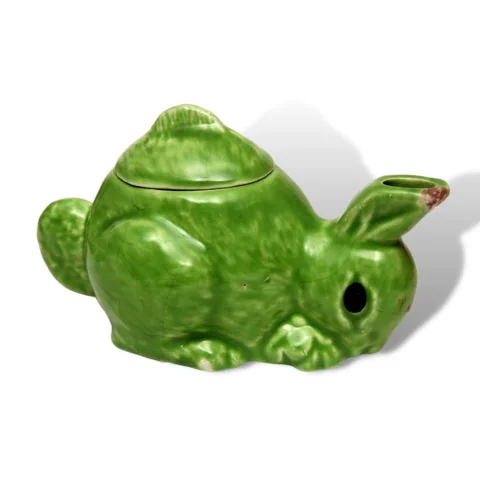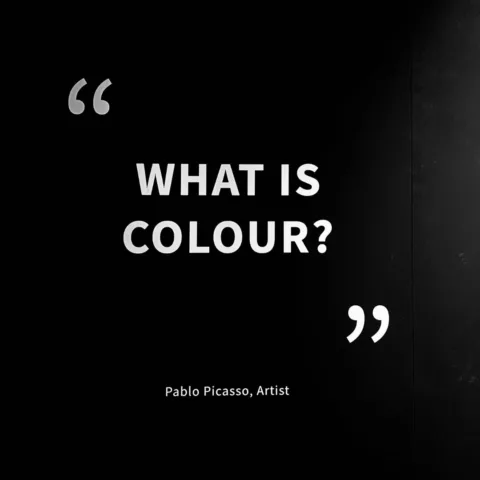The Bowes Museum Blog

Arrestation de Louis Capet à Varennes, 22 Juin 1791
Upon visiting the Bowes Museum, there were a number of interesting pieces based on the French Revolution of 1789. One piece that stood out to us as a group was a printed depiction of Louis XVI being captured at Varennes. This print was created by Jean-Louis Prieur and Pierre-Gabriel Berthault around 1804. The print is a visual representation of the events which followed Louis and his family’s flight to Varennes in June 1791, when they sought to escape the Revolution.

What we found interesting was how Louis and his fellow aristocrats stand out amongst the revolutionary crowd, depicted by the way they dress. The revolutionaries are dressed more plainly and are carrying weapons, showing them as threatening the royal family. It is one of the many prints during the revolution that involves Louis XVI and his family. Depicting the scene two years before his death in January 1793, the print shows Louis XVI being arrested after fleeing Paris, in an attempt to initiate a counter revolution with the assistance of troops loyal to the French monarchy. Revolutionaries initiated the arrest as result of discontentment with the royal family and the ancien regime in general.
After the arrest, it is documented that on the King’s return to Paris, the crowd met the royal family with silence and dissent. This print was part of a series depicting the events of the revolution, all of which were published after the event and during the rule of Napoleon. This print demonstrates the power that the French people now held over the monarchy and united the nation behind the revolution.
The print was likely published to reinforce the belief of the people in the nation, at a time when Napoleon was ascending to Emperor status. He wanted to remind the French people of the leading role they played during the revolution and encourage them to unite behind the fatherland with him at the helm.
The blog post was written by Bethany Handson, Roger Purvis and Andrew Gray. This was a research project conducted on the Museum’s French Revolutionary and Napoleonic collections, as part of a module on France in the age of revolution by the History Department at Northumbria University. This visit was funded by Northumbria University’s Teaching Quality Enhancement Fund.







